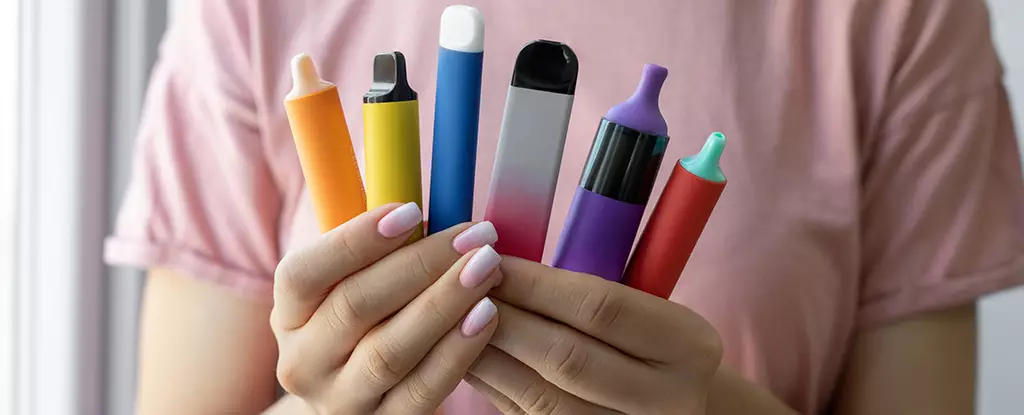Vapes, also known as e-cigarettes, have gained popularity over the past two decades as an alternative to traditional smoking. However, the rise in vape usage has brought along with it a slew of environmental problems. Disposable vapes, in particular, have become a major concern due to their single-use design. These vapes are made up of various components such as a battery, a pressure sensor, an LED light, a heating element, and a reservoir filled with e-liquid. While they are convenient for users, their disposal poses a significant threat to the environment.
When we delve into the anatomy of disposable vapes, we find that they are constructed with a combination of materials, including aluminium, plastic, and lithium batteries. The air pressure sensor, similar to a microphone, detects a drop in pressure when a user takes a drag on the vape, activating the heating element. This heating element vaporizes the e-liquid contained in the reservoir, allowing the user to inhale the vapor. While these components work together seamlessly to provide the desired experience for the user, they also create a complex product that is challenging to recycle or dispose of properly.
As the consumption of vapes continues to rise, so does the amount of e-waste generated from these devices. Disposable vapes, in particular, contribute to this growing issue by containing valuable materials like aluminium and lithium. When these vapes are simply thrown away, the lithium batteries they contain pose a fire hazard for waste management workers due to their high energy density. Additionally, the toxic materials found in vapes can have detrimental effects on the environment when released into the ecosystem. The combination of valuable metals and low-value materials like plastic makes recycling vapes a challenging and inefficient process.
It is evident that the current trend of single-use vapes is unsustainable and poses a risk to both human health and the environment. As governments and regulators begin to acknowledge the hazards associated with vapes, it is crucial for manufacturers and consumers alike to seek out more sustainable alternatives. Reusable vapes, which have a rechargeable battery and refillable cartridges, present a more eco-friendly option that reduces the amount of e-waste generated. By investing in reusable vapes and implementing proper recycling programs for disposable vapes, we can work towards mitigating the environmental impact of these products.
The environmental impact of vapes, particularly disposable ones, is a pressing issue that requires immediate attention. The complex design and materials used in vapes make them difficult to recycle and dispose of safely. As consumers, it is essential to consider the environmental consequences of our choices and opt for more sustainable alternatives whenever possible. By raising awareness about the environmental impact of disposable vapes and advocating for more responsible practices, we can take steps towards creating a cleaner and more sustainable future for all.
With the growing awareness of the environmental impact of vapes, it is time to rethink our consumption habits and make more conscious choices to protect our planet for future generations.


Leave a Reply